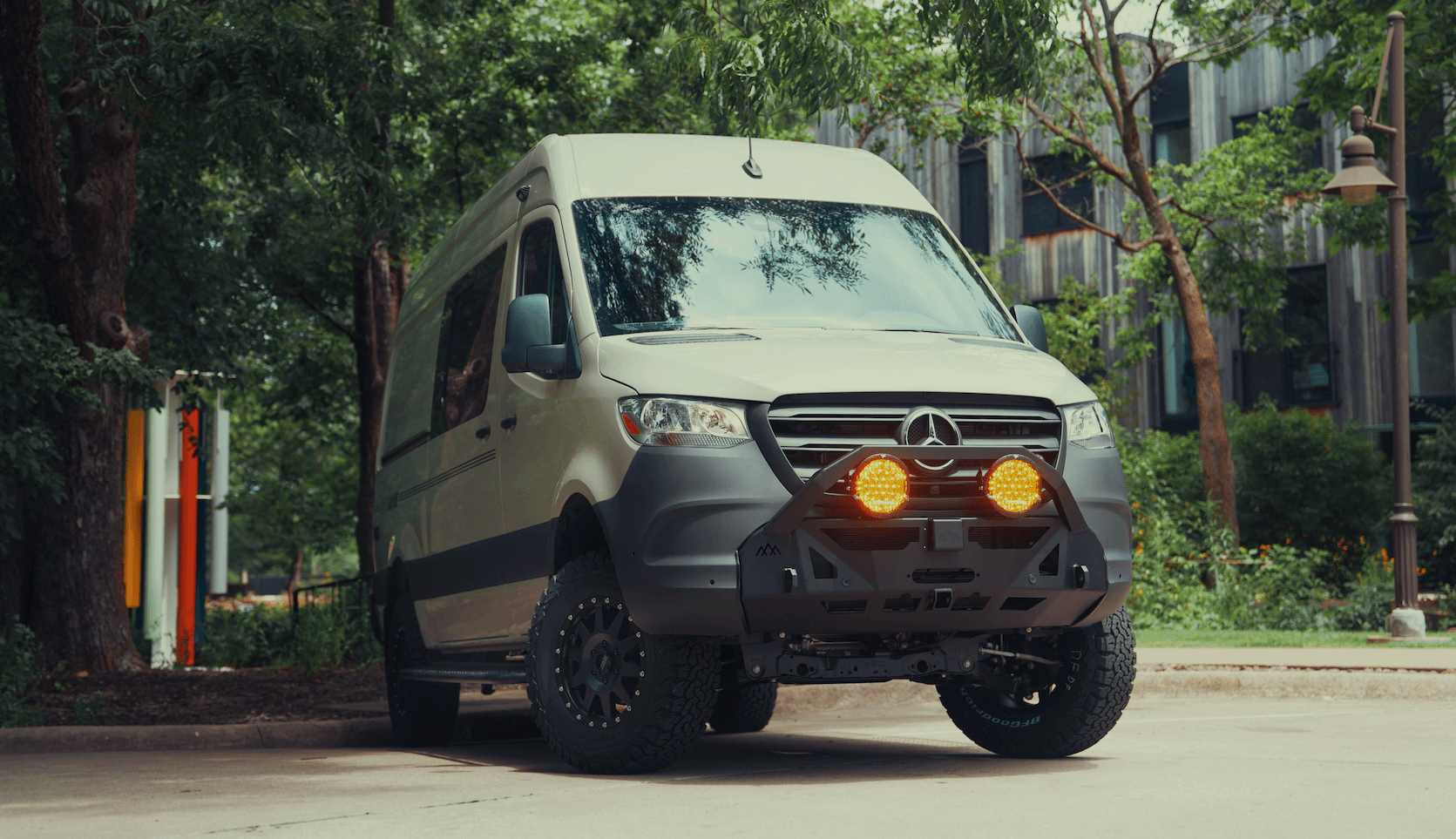Recreational Vans

Heat is a loud signal. Every amp that meets resistance, every bearing that drags, every cell that struggles turns a slice of energy into heat. A thermal camera reads that infrared signature and converts it into a picture you can interpret. Hot spot checks are fast, non contact, and they let you see problems without taking equipment apart.
The key is context. You compare like for like components under similar load. If one breaker in a row runs much hotter than its neighbors with the same current, that is a clue. If one battery cell is consistently hotter than the pack during charge, that is another. Infrared does not see inside components. It sees surface temperature that you must relate to what the system is doing.
Accuracy depends on your camera and technique. Resolution, focus, and NETD sensitivity affect your ability to see small differences. Emissivity settings must match the surface. High gloss metals reflect infrared like a mirror, which can hide the true temperature. Simple fixes help. Add a piece of matte electrical tape to the target and measure that spot. Shield the surface from direct sun and wind. Let the system reach steady state.
Start with a plan. Identify the circuits or components you want to evaluate. Put the system under typical or worst case load so weaknesses reveal themselves. In a vehicle, that can mean charging batteries, running the inverter with kitchen loads, and powering HVAC at once. In a building, stage HVAC, lighting, and critical machinery to operating levels.
Set camera parameters. Select the proper emissivity for the surface and use matte tape dots for consistent targets. Allow components to warm to steady state. Shield from drafts that can mask heat. Keep your angle consistent to minimize reflective error and parallax.
Work from macro to micro. Begin with an overview image that captures whole panels, racks, or compartments. Then move closer. Compare breakers side by side. Compare parallel cables. Compare battery cells within the same module. Differences are what you want. Thermal work is about deltas, not absolute numbers in isolation.
Many maintenance programs prioritize action based on temperature rise above a comparable reference. A common rule of thumb is to flag items that run noticeably hotter than peers under the same load, with concern increasing as the difference approaches double digits in Celsius. Use this as a screening tool, then verify with electrical measurements like current and torque checks.
Mobile platforms add vibration, weather swings, and tight spaces to the mix. That makes thermal imaging even more valuable. In vans and overland rigs, focus on alternators, DC to DC chargers, battery busbars, ANL or MEGA fuses, inverters, shore power inlets, MPPT controllers, and high current grounds. Scan wheel hubs and brakes after a test drive to spot uneven friction. Check exhaust routing near heat sensitive wiring. Look for hotspots in LED drivers, fridge compressors, and induction cooktops during full use.
Thermal imaging is not a substitute for electrical testing, but it is a powerful triage tool that points you to the exact lug or board trace that needs a closer look. Pair the scan with torque checks, millivolt drop tests, and manufacturer specs. Keep a baseline library for your rig so seasonal changes or upgrades do not hide a creeping problem.
If you want a build that is validated under real load, choose a shop that bakes thermal checks into quality control. At OZK Customs, we apply infrared scanning during commissioning and service to confirm clean crimps, balanced cabling, and cooled electronics. That means fewer gremlins on the road and a quieter electrical bay when everything is working as designed.
Explore our Recreational vans to see how we design around safe power distribution and airflow. Considering a ground up build tailored to your routes and gear loads? Our Custom build van process aligns electrical architecture with how you travel. Looking for a finance friendly platform with smart upgrades and tested systems? Browse our Mainstream vans.
Ready to turn heat signatures into certainty and reliability? Tell us how you use your rig, and we will map a testing plan that proves it on the bench and on the road.
OZK Customs designs and builds Recreational Adventure Vans and Overland upfits with a focus on safe electrical systems, balanced energy storage, and serviceable layouts. We deliver complete custom builds and partial upfits, as well as commercial solutions for mobile clinics and response units, all tested to perform in real conditions.
Bring your rig to a shop that thermal tests every critical system under load. Book a consult with OZK Customs to diagnose heat issues, validate wiring, and deliver a safer, quieter, more reliable adventure van. Submit the form to schedule your evaluation.
ADDRESS:
6159 E Huntsville Rd, Fayetteville, AR 72701
PHONE:
(479) 326-9200
EMAIL:
info@ozkvans.com